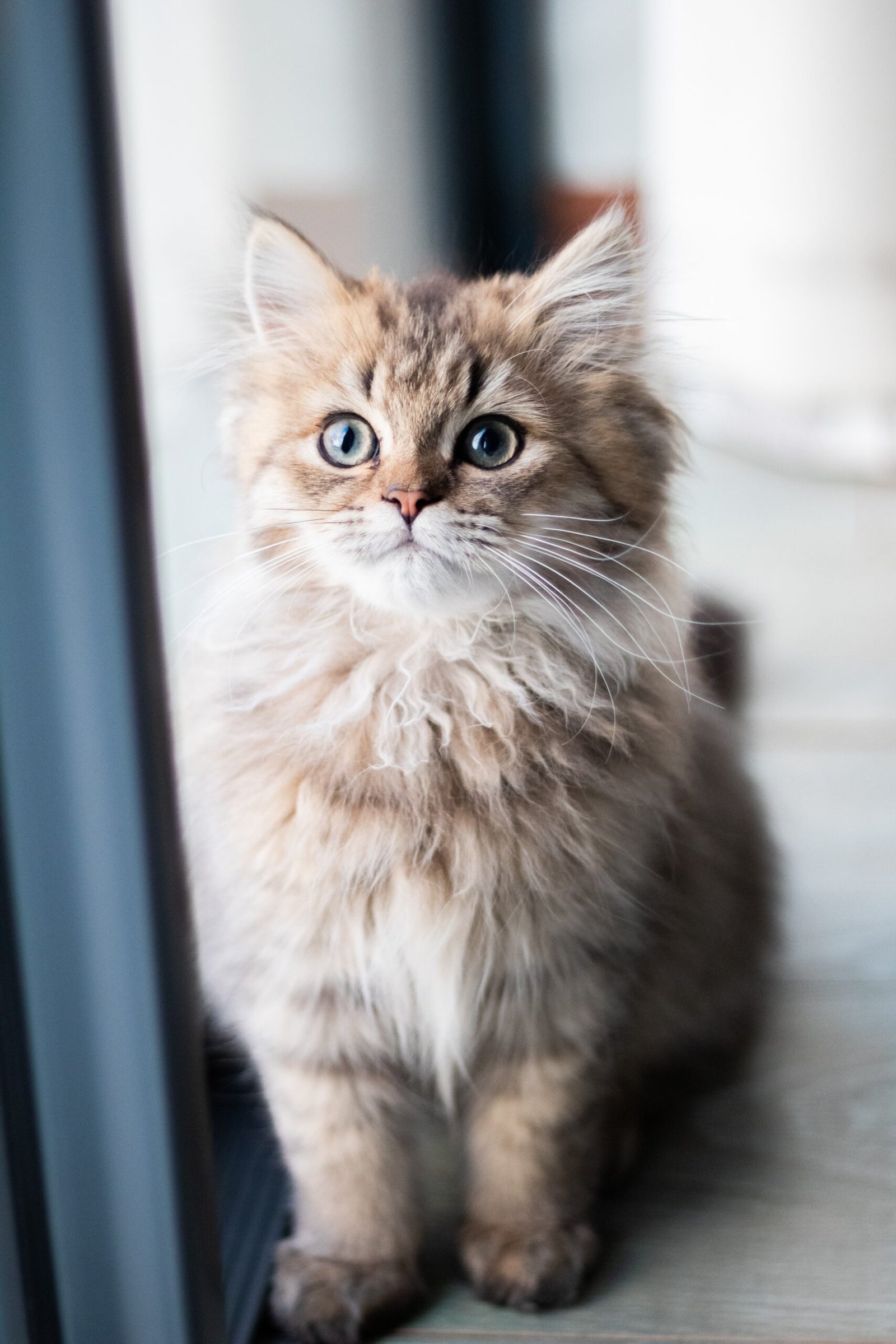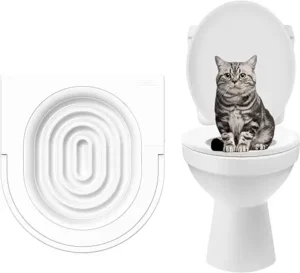Title: Crate Training Cats: An Overview to Pleased Feline Enclosures
Introduction:
Interested concerning pet crate training for your feline friend? Whether for traveling, veterinarian gos to, or habits monitoring, crate training can use countless benefits for both cats and their owners. In this article, we’ll discover the ins and outs of crate training cats, from picking the best cat crate to fixing common difficulties. Discover just how crate training can improve your cat’s well-being and cultivate a favorable relationship in between you and your cherished family pet. Let’s dive in and unlock the secrets to effective cat crate training for felines.
Selecting the Right Cat Crate and Establishing the Atmosphere
Picking the perfect cat crate for your cat and developing a conducive setting is crucial for effective crate training. Here’s exactly how to do it:
Picking an Ideal Pet Crate Size and Type:
– Select a cage that is large sufficient for your cat to stand, reverse, and rest conveniently.
– Go with a tough crate constructed from long lasting products to ensure your cat’s safety and protection.
Developing a Comfy and Inviting Crate Environment:
– Line all-time low of the cage with soft bed linen or a blanket to provide cushioning and warmth.
– Place familiar products such as your pet cat’s favorite toys or blankets inside the pet crate to make it feel a lot more like home.
Making Sure Correct Air Flow and Accessibility:
– Select a cage with ample air flow to guarantee appropriate airflow and stop overheating.
– Setting the cage in a quiet, low-traffic location of your home where your feline can really feel safe and safe and secure.
Slowly Presenting Your Feline to the Cat crate, Crate Training Cats:
– Start by leaving the crate door open and allowing your pet cat to discover it at their very own speed.
– Motivate favorable associations by positioning deals with or food inside the pet crate to tempt your pet cat to get in willingly.
By picking the best pet crate and creating a comfortable environment, you’ll set the stage for effective cage training. Stay tuned as we look into the process of presenting your cat to the cat crate in the following area of this short article.
Introducing Your Cat to the Cage
Introducing your pet cat to the pet crate is a gradual procedure that needs perseverance and favorable support. Here’s how to do it properly:
Gradually Adjusting Your Feline to the Cage:
– Begin by positioning the cat crate in an acquainted and comfy atmosphere, such as your feline’s preferred space.
– Maintain the cat crate door open initially, permitting your feline to explore it at their own rate without feeling caught.
Using Positive Support Strategies:
– Urge your feline to approach the cat crate by positioning treats or favorite playthings near the entry.
– Award your feline with appreciation and treats when they show interest in or enter the cat crate willingly.
Implementing a Step-by-Step Strategy:
– When your feline is comfortable near the pet crate, slowly urge them to enter it by positioning deals with even more inside.
– Avoid rushing the procedure and allow your pet cat to proceed at their very own pace to avoid developing adverse associations.
Making the Crate a Positive and Safe Room:
– Utilize the cat crate for tasks your feline enjoys, such as feeding or kicking back with their favored bedding.
– Avoid using the cage as a punishment or arrest device to avoid unfavorable associations.
By taking a patient and gradual strategy to introducing your pet cat to the crate, you’ll help them really feel comfortable and certain in their new room. Stay tuned as we check out reliable cat crate training methods in the next area of this post.
Executing Pet Crate Training Techniques
Carrying out effective cat crate training strategies is essential for creating positive organizations. It guarantees your cat feels comfortable and protected in their crate. Allow’s explore some crucial methods:
Making Use Of Crate Training for Different Functions:
– Cat crate training can be helpful for objectives such as traveling, vet sees, and habits administration.
– Presenting your feline to the cat crate beforehand helps them become familiar with it and minimizes stress during future usages.
Integrating Cat Crate Training into Daily Routine:
– Make cage time a part of your cat’s day-to-day regimen by using it for short periods throughout the day.
– Usage deals with or dishes to encourage your feline to go into the cage willingly, strengthening positive associations.
Gradually Boosting Pet Crate Time:
– Beginning with brief amount of times in the crate and slowly enhance the duration as your feline comes to be a lot more comfortable.
– Screen your cat’s habits and anxiety degrees throughout cat crate time, and adjust the period appropriately.
Producing Favorable Associations with the Pet crate:
– Use deals with, toys, and comfy bed linens to create a positive and welcoming atmosphere inside the cage.
– Avoid forcing your cat right into the pet crate or utilizing it as a punishment, as this can develop unfavorable associations.
Rewarding Tranquility Habits:
– Compensate your feline with praise and treats for tranquility and unwinded actions while in the pet crate.
– Reinforcing tranquil habits assists your feline link the cage with safety and comfort.
By integrating these pet crate training methods into your cat’s routine, you’ll help them feel much more comfortable and protected in their crate. Keep tuned as we talk about fixing usual difficulties and ensuring success in the next section of this article.
Troubleshooting Common Obstacles and Making Certain Success
Running into difficulties during pet crate training is common, yet with the right method. You can overcome them and ensure success for both you and your pet cat. Let’s attend to some typical obstacles and how to tackle them:
Dealing With Anxiousness and Stress And Anxiety:
– If your cat reveals indications of anxiety or stress and anxiety in the cat crate, such as pronouncing or pacing, start by making the crate a more favorable and welcoming room.
– Gradually acclimate your cat to the cat crate by associating it with positive experiences, such as nourishment or play.
Managing Resistance to the Cat crate:
– If your cat withstands going into the cat crate, prevent forcing them and instead utilize positive reinforcement strategies to urge volunteer entry.
– Place treats or toys inside the cat crate to lure your cat to explore it at their very own rate.
Preventing Splitting Up Stress And Anxiety:
– To avoid splitting up stress and anxiety when using the cage for travel or extended periods, start by crate training your cat well in advance.
– Slowly enhance cat crate time and technique leaving your feline alone for short durations. Help them come to be familiar with remaining in the crate without you present.
Addressing Inappropriate Removal:
– If your pet cat gets rid of inside the cat crate, clean the location thoroughly to remove any scent markers that might attract them to repeat the behavior.
– Guarantee the pet crate is a suitable size and appropriately ventilated, and consider speaking with a vet to rule out any type of underlying wellness concerns.
Seeking Specialist Guidance:
– If you’re having a hard time to get over crate training difficulties, do not think twice to look for professional advice from a veterinarian or pet behaviorist.
– An expert can offer individualized recommendations and assistance to address your feline’s certain demands and make sure successful pet crate training.
By attending to typical challenges and executing effective approaches. You can guarantee a favorable pet crate training experience for your pet cat. Stay tuned for more valuable insights on pet cat care in the future sections of this article.
FAQs Concerning Pet Crate Training Cats
-
What is cat crate training, and why is it beneficial for felines?
– Cage training includes instructing a cat to really feel comfortable and safe in a pet crate or carrier. It’s advantageous for cats as it supplies them with a secure area for travel, veterinarian visits, and momentary arrest.
-
At what age should I start crate training my pet cat?
– It’s finest to begin cage training your feline as very early as feasible, preferably when they are kittens. However, older cats can likewise be effectively crate educated with patience and positive reinforcement.
-
How do I choose the right crate for my cat?
– Choose a pet crate that is roomy enough for your feline to stand, reverse, and rest conveniently. Select a durable cage made of durable materials, and consider your cat’s dimension and temperament when picking the cat crate kind.
-
Just how do I introduce my pet cat to the cat crate?
– Introduce your feline to the pet crate slowly by positioning it in a familiar and comfy setting, such as your feline’s favored room. Use positive reinforcement strategies, such as deals with and toys, to urge volunteer entry right into the crate.
-
How long should I leave my pet cat in the pet crate?
– Begin by leaving your cat in the crate for short durations, slowly raising the duration as they become more comfy. Display your feline’s actions and stress and anxiety levels, and change the pet crate time as necessary.
-
What if my feline shows indicators of anxiousness or stress in the pet crate?
– If your feline displays signs of anxiety or stress in the cat crate, such as pronouncing or pacing, beginning by making the cat crate an extra favorable and inviting area. Gradually adjust your cat to the crate utilizing positive reinforcement techniques.
-
Can crate training assist with unsuitable removal concerns?
– Cat crate training can assist resolve unacceptable elimination problems by providing an assigned space for your pet cat to eliminate. Nonetheless, it’s vital to rule out any kind of underlying medical problems and address any behavioral concerns with the assistance of a vet or pet behaviorist.
-
Is it possible to crate train several felines at the same time?
– Yes, it is feasible to crate train numerous felines at the same time, yet it may require extra time and patience. Each feline should have their own crate, and training sessions ought to be carried out independently to stop competition and stress.
Also Read Article: Cat-on-Toilet-Training







